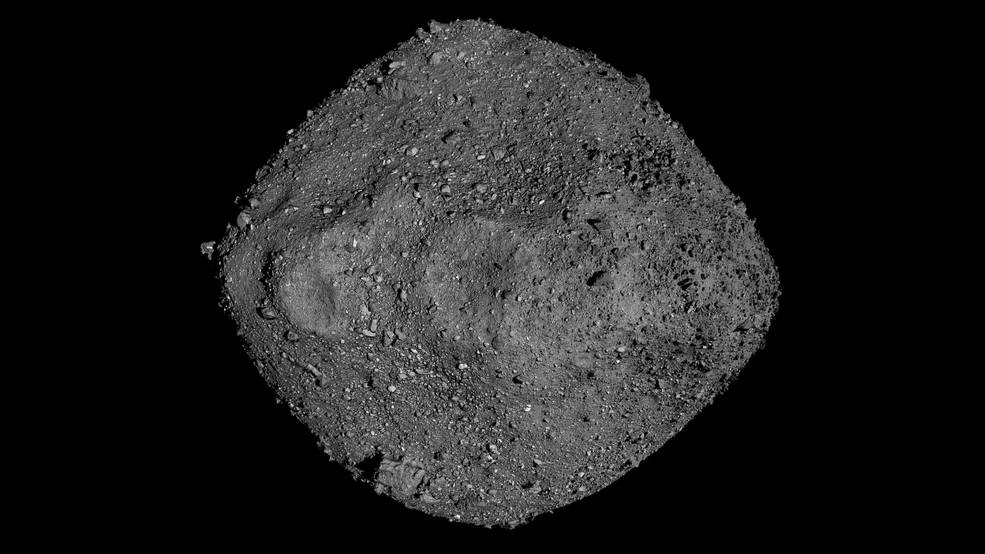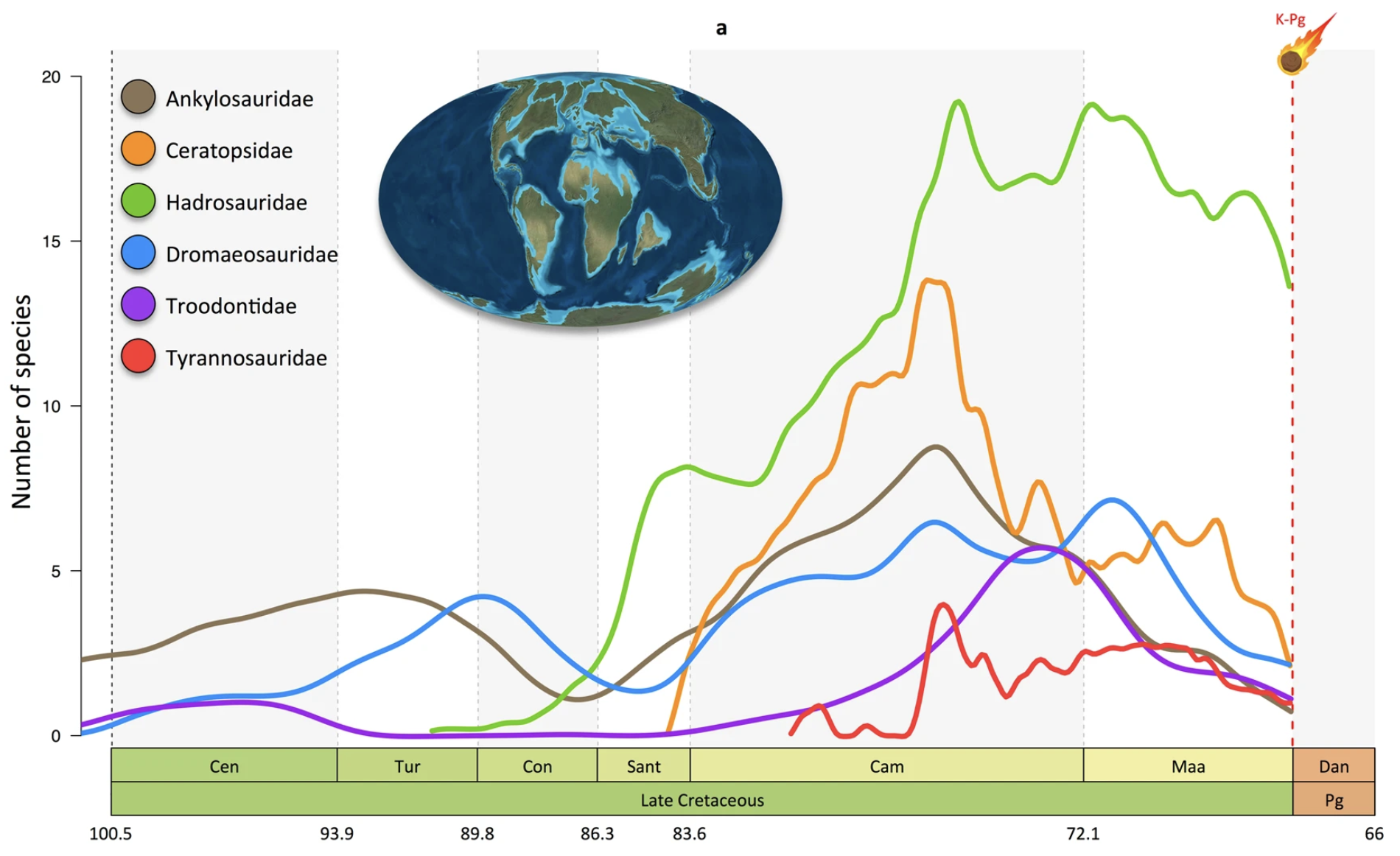How to protect Earth from incoming asteroids, according to experts

In February of 2013, skywatchers around the world turned their attention toward asteroid 2012 DA14, a cosmic rock about 150 feet (50 meters) in diameter that was going to fly closer to Earth than the spacecraft that bring us satellite TV.
Little did they realize as they prepared for the once-in-several-decades event that another bit of celestial debris was hurtling toward Earth, with a more direct heading. On February 15, 2013, the Chelyabinsk meteor, a roughly 62-foot (19 meter)-diameter asteroid exploded over the city of Chelyabinsk, Russia, as it entered Earth’s atmosphere at a shallow angle. The blast shattered windows and damaged buildings, and nearly two thousand people were hurt, though thankfully no one died.
“There is a large asteroid or comet lurking in our solar system with ‘Earth’ written on it. We just don’t know where it is or when it will hit.”
“It turned out that two completely independent asteroids were coming by that day,” says Philip Lubin, professor of physics at the University of California, Santa Barbara, and one of the many scientists anticipating 2012 DA14’s near-Earth rendezvous. “One of them we knew was going to miss the Earth. The other one, we didn’t even know it was coming.”
For Lubin and scientists like him, incidents like these underline the importance of robust planetary defense—the detection, tracking, characterization, and ultimately defense against potentially dangerous asteroids and comets. City-threatening events like Chelyabinsk are rare, happening about once every 50 to 100 years, but they are potentially devastating.
The most recent of these occurrences was the Tunguska Event, an airburst over eastern Siberia in 1908, which flattened hundreds of square miles of forest. Rarer still, but nevertheless possible, are objects that threaten mass-extinction, such as the Chicxulub impactor, which wiped out the dinosaurs some 66 million years ago, or the more recent (12,800 years ago) airburst that caused widespread burning and the onset of an “impact winter” called the Younger Dryas.
However, one cannot discount the possibility of larger objects coming uncomfortably close to Earth in the near future: Apophis, with its 1,214-foot (370 meter) diameter, is due to make a close pass on Friday the 13th in April 2029, while Bennu, at 1,608 feet (490 m) in diameter, is expected to perform a similar pass in 2036. Though they are not anticipated to hit Earth, even relatively small changes in their orbit could cause them to enter gravitational pockets called “keyholes” that can place them on a more direct trajectory toward Earth.
“If it goes through the gravitational keyhole, it will generally hit Earth on the next round,” Lubin says.
Strategies for planetary defense have progressed from research into better methods for understanding the threats, to efforts to deflect potential hazards and change their orbits, including a strategy developed by Lubin’s group, which proposed the use of lasers to push threatening objects out of Earth’s way. (See their website for more information on laser-based planetary defense.)
Now, Lubin and coresearcher Alexander Cohen have two papers on the topic of terminal planetary defense submitted to the journal Advances in Space Research, accompanied by an opinion piece published in Scientific American on the subject.
When and where?
“While we often say that nothing in life is certain but death and taxes, we can certainly also add human extinction to this list,” Lubin says. “There is a large asteroid or comet lurking in our solar system with ‘Earth’ written on it. We just do not know where it is or when it will hit.”
In the last 113 years, the Earth has been hit by two large asteroids that could have threatened the lives of millions, had they struck over a major city. However, humanity was lucky. In light of this very real threat, it is time to seriously plan for and execute a planetary defense program, the researchers say. PI allows for a logical and cost-effective approach to the ultimate environmental protection program.
‘Slice and Dice’ the asteroid
Key to the PI strategy is the deployment of an array of penetrator rods, possibly filled with explosives, laid in the path of the asteroid to “slice and dice” the threatening object. The penetrator rods—about 4-12 inches (10-30 cm) in diameter and 6-10 feet long—fragment the asteroid or comet nucleus as it crashes into them at extreme speed.
Crucially, instead of deflecting the object, the strategy is to let the Earth take the hit, the researchers say, but first to disassemble the asteroid into smaller pieces—typically the size of a house—and let the fragments enter the Earth’s atmosphere. The atmosphere can then absorb the energy and further vaporize the house-sized pieces into small debris that do not hit the ground.
Since the original asteroid now enters the atmosphere as a large, distributed cloud of small fragments, they spatially and temporally distribute the energy of the impact, which de-correlates the blast waves created by each fragment. This vastly reduces the threat from catastrophic to more of a “fireworks display,” complete with light and sound.
“If you can reduce the big events, which are dangerous, into a bunch of little events that are harmless, you’ve ultimately mitigated the threat,” Cohen says.
“What’s unique about this method is that you can have incredibly short response times,” Lubin adds. “A problem that other techniques like asteroid-deflecting methods have is that they are severely limited in their response times. In other words, they rely on getting an asset to deflect the threat all the way out to the asteroid long before it comes close to the Earth.”
Instead, the PI “slice and dice” method intercepts asteroids or comets as they approach the Earth and could be deployed by launch vehicles that already exist today, such as SpaceX’s Falcon 9 and NASA’s SLS for larger targets. According to the physicists’ calculations, smaller targets like the Chelyabinsk meteor could be intercepted just minutes before impact using much smaller launchers similar to ICBM interceptors, while targets that pose a more serious threat, like Apophis, could be intercepted just 10 days prior to impact. Mitigation times this short are entirely unprecedented, according to the researchers.
Planetary defense or offense?
Another part of the program is to consider a proactive approach to protecting our planet, the researchers say.
“Much as we get vaccinated to prevent future diseases, as we are now so painfully aware, we could vaccinate the planet by using the penetrator arrays like the needles of a vaccine shot to prevent a catastrophic loss of life in the future,” Lubin says.
In this approach, the same system can be used to proactively eliminate threatening objects like Apophis and Bennu to protect future generations.
“It is not well appreciated that large and threatening objects like the Apophis and Bennu asteroids are extremely serious,” he continues. “Should they strike, each of them has an energy at impact equal to all of the nuclear weapons on Earth combined. Imagine all of the Earth’s nuclear arsenal being detonated in a few seconds. With PI we can prevent this scenario.”
This new approach, according to Lubin and Cohen, could make planetary defense quite feasible and “easy as PI,” and would allow for a logical roadmap to a robust planetary defense system.
“Extraordinarily rapid response is possible,” Lubin says. “We don’t see any technological showstoppers. It’s synergistic with the current generation of launch vehicles and others that are coming out.” Additionally, Lubin adds, the method “would be in great synergy with future lunar operations,” with the moon potentially acting as a “forward base of operations.”
“Humanity could finally control its fate and prevent a future mass extinction like that of the previous tenants of the Earth who did not bother with planetary defense, the dinosaurs.”
To see how this system works, visit the UCSB Experimental Cosmology group’s PI-Terminal Planetary Defense project page.
Republished with permission of the World Economic Forum. Read the original article.





